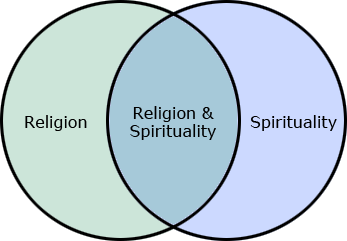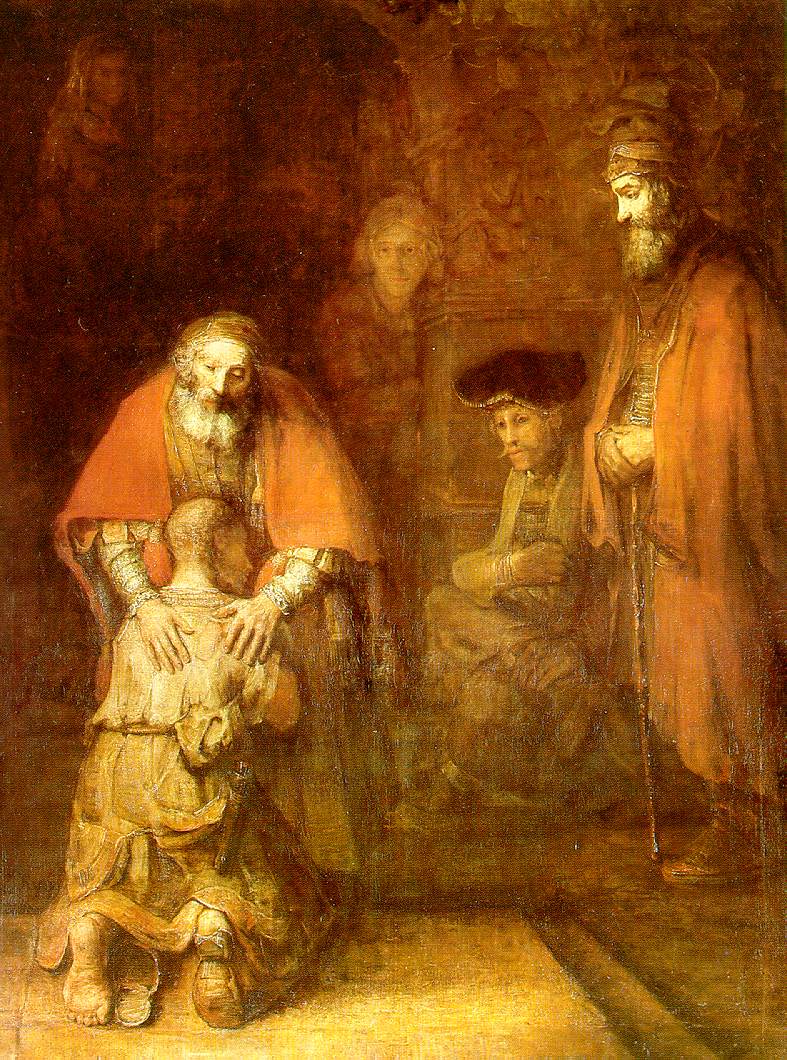 From Religious Traditions to Religious Spirituality
From Religious Traditions to Religious Spirituality
Some of the recent, popular books in the study of religion include, Why God Won’t Go Away?, God is Back, and A New Religious America. What these books suggest is that secularism as a social phenomenon is on the decline. Perhaps human beings are growing out of their adolescent rebellion against God. On the other hand, what religious people will have to witness is the fast rise of a new type of ‘spirituality’ – a non-aligned spirituality. For instance, a recent cross-cultural study indicates that 40 per cent of American respondents and 20 per cent of German respondents describe themselves as ‘spiritual-but-not-religious.’ In other words, the current development seems to point out that, after all, secularism was not a rebellion against God and the matters of […]
Month: August 2012
The Ubiquity of the Character Strengths in African Traditional Religion: A Thematic Analysis
Selvam, S.G. & Collicutt, J. (2013), The ubiquity of the character strengths in African Traditional Religion: A thematic analysis. In Knoop, H.H. & Delle Fave, A. (Eds.), Well-Being and Cultures: A Positive Psychology Perspective (pp 83-102). Heidelberg: Springer.
Abstract
Positive psychology has relied on world philosophical and religious traditions for its understanding and classification of core virtues and character strengths and in demonstrating their ubiquity across cultures. However, in this endeavour, reference to African traditional religion (ATR) is minimal. The aim of the present qualitative study was to discern if the ubiquity of character strengths extends to ATR. The catalogue of Values in Action (VIA) was chosen as the coding template; some anthropological textual data on the life cycle of the individual, collected in Nairobi, Kenya, were used as the data set. Using a hybrid approach of deductive data analysis and inductive theme development, thematic equivalents were identified, and further validated with […]
My PhD dissertation: Character Strengths, Christian mindfulness & Recovery from Addiction
Character strengths as mediators in a mindfulness based intervention for recovery from addictive behaviour: a study in psychology of religion and positive psychology
Sahaya G. Selvam, PhD (University of London)
<<Download dissertation in full>>
Abstract:
There is an increasing interest in studying the association between spirituality and recovery from addiction. A few studies have already explored the mediators of the association, but rarely have they attempted to elucidate the association within a viable theoretical framework. The present study attempted to address this need. Beginning with the conceptualization of religion and spirituality, the study considered the possibility of a construct called ‘religious spirituality’. Working within an epistemology of hermeneutical realism, this project in psychology of religion (PR) proposed positive psychology (PP) as a multidimensional theory, and opted for a mixed method approach integrating quantitative and qualitative data.
The literature review showed several parallels between the dimensions of spirituality as explored within PR and the list of character strengths as […]
Reflection on the Prodigal Son based on the painting by Rembrandt

There are several books written on this theme. But the parable and the painting still speak more, hence the following reflection. This reflection has to be used together with the painting. The texts within brackets invite the reader to focus on details of particular parts of the painting. The following text is to be treated as an original writing of Sahaya G. Selvam, sdb. The copy of the painting is now in public domain, hence no copyright is required.
This is my story.
It is our story.
It is the story of how I negotiate with my self, my Father, and my brother.
It is the story of my life.
The story of my encounters with the self, God, and the other!
(The feet of the kneeling boy, the younger son, notice the torn shoes […]